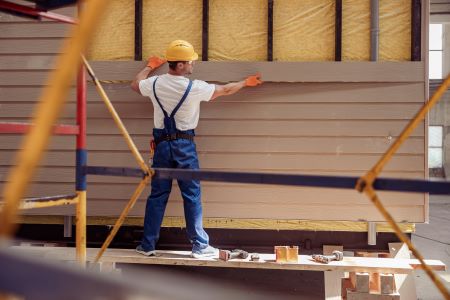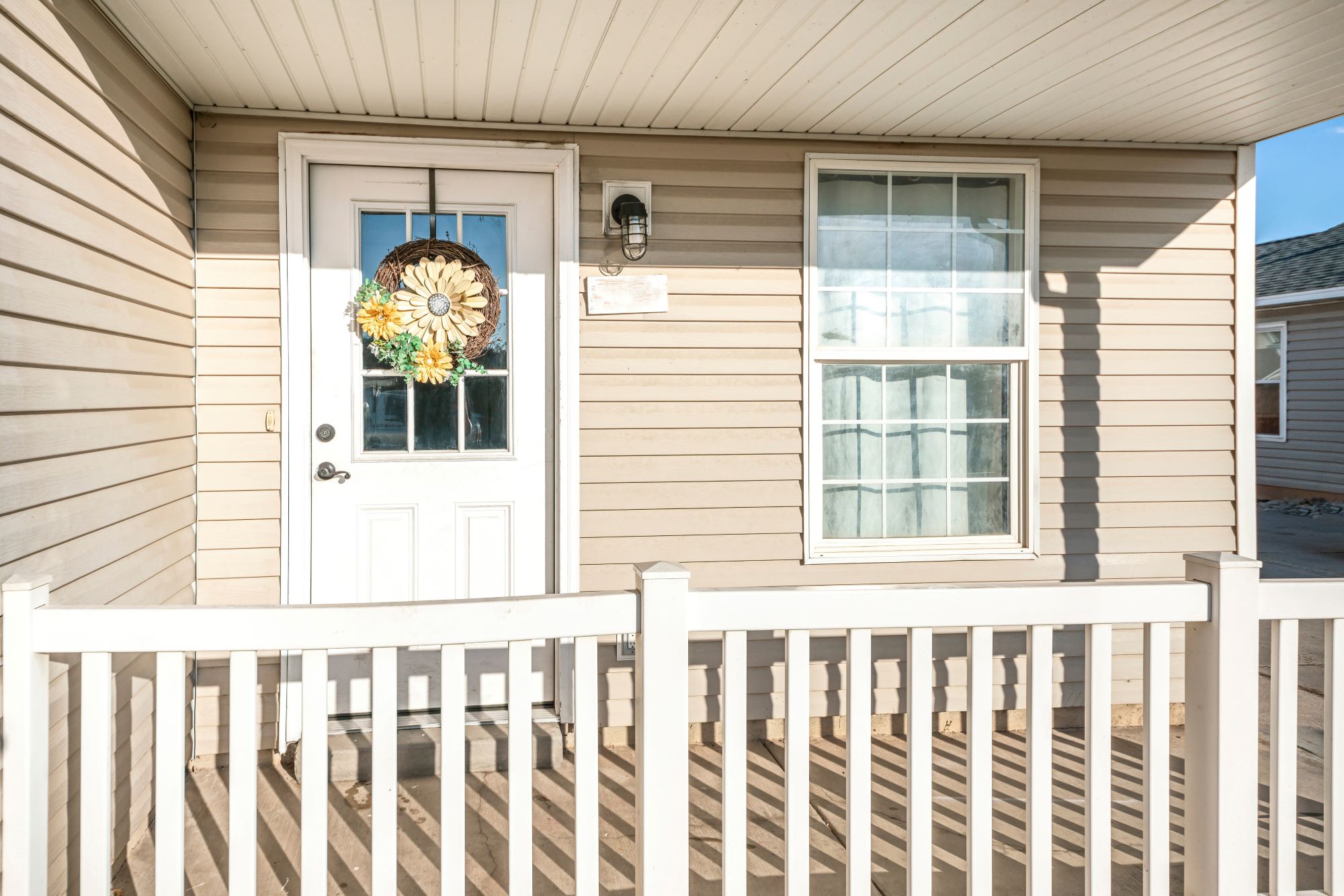When it comes to constructing or renovating a home, one of the most critical decisions homeowners have to make pertains to the choice of siding material. Siding is more than just an aesthetic covering for a house; it’s a shield, a protective layer that stands against the harsh elements, ensuring the structure’s longevity. With the advancement of technology and innovation in construction, the market today offers a plethora of siding materials, each with its unique set of advantages. This article aims to shed light on the different types of siding materials available, guiding homeowners in making an informed decision.
1. Vinyl Siding:
Perhaps the most popular choice for many homeowners, vinyl siding boasts affordability and low maintenance.
Characteristics:
Lightweight and easy to install.
Comes in a vast range of colors and styles.
Resistant to pests and moisture.
Doesn’t require painting and maintains its color for a long duration.
House Siding Installation: One of the reasons for vinyl’s immense popularity is its ease of installation. However, to ensure its longevity and optimal performance, it’s crucial to employ professionals specializing in this field. Enter the realm of the vinyl siding contractor. These experts possess the skill and experience to ensure that the vinyl siding is correctly installed, allowing it to expand and contract with temperature fluctuations without warping or buckling.
2. Wood Siding:
Offering a timeless appeal and natural warmth, wood siding is for those who want a classic and authentic look for their homes.
Characteristics:
It can be made from various types of wood, including cedar, pine, spruce, and redwood.
Available in different styles like shingles, clapboards, and drop siding.
Requires regular maintenance, including painting or staining, to prevent decay.
House Siding Installation: Installing wood siding necessitates precision to ensure that the natural expansion and contraction of wood don’t lead to gaps or overlaps. Regular maintenance is vital to preserve its charm and protective qualities.
3. Fiber Cement Siding:
Mimicking the look of wood or stucco but without the associated maintenance, fiber cement siding is a robust and long-lasting option.
Characteristics:
Made from a mix of wood fibers, sand, and cement.
Resistant to termites, fire, and rot.
It can be painted and holds onto paint longer than wood.
Suitable for a range of climates.
House Siding Installation: Due to its weight and the specifics of installation, fiber cement siding requires a professional touch. A fiber cement siding contractor is familiar with the intricacies of handling this material, ensuring it’s adequately secured and sealed for optimal performance. Homeowners looking for a blend of aesthetics and durability often turn to these experts for installation.
4. Stucco Siding:
Predominantly popular in the American Southwest, stucco siding offers a unique textured appearance and excellent durability.
Characteristics:
Made from a mix of cement, sand, lime, and water.
It can last for decades if properly maintained.
Suitable for various climates but especially popular in arid regions.
House Siding Installation: The Stucco application is a multi-step process that requires expertise. The mixture is applied in three coats over a lath base, providing a durable and seamless exterior.
5. Brick Siding:
For homeowners seeking a classic, enduring look combined with unmatched durability, brick siding stands as an excellent choice.
Characteristics:
Made from fired clay and offers a range of colors.
It can last for a century or more with minimal maintenance.
Offers excellent insulation properties.
House Siding Installation: Brick siding is typically installed in the form of veneer over a wood frame wall. The installation is labor-intensive and requires masonry skills to ensure structural integrity.
6. Metal Siding:
Whether it’s steel or aluminum, metal siding offers a modern twist to house exteriors, combined with robustness.
Characteristics:
Resistant to fire, rot, and insects.
Doesn’t warp or twist.
Available in multiple styles and finishes.
Environmentally friendly, as it’s often made from recycled materials and is completely recyclable.
House Siding Installation: Metal siding panels are usually interlocked and then fixed to the house structure. Care must be taken to allow for the material’s natural expansion and contraction.
7. Stone & Stone Veneer Siding:
For those seeking an upscale and timeless look, stone siding, whether natural or veneer, offers unmatched elegance.

Characteristics:
Natural stone like granite, limestone, and slate offers durability.
Stone veneer provides the appearance of real stone but at a fraction of the cost.
Both types are resistant to moisture, fire, and pests.
House Siding Installation: Natural stone is labor-intensive and requires masonry expertise. Stone veneer, on the other hand, is lighter and easier to install but still requires a professional touch for optimal outcomes.
The choice of siding material significantly influences a home’s appearance, energy efficiency, and resale value. It’s a decision that blends personal aesthetics, environmental concerns, and budget considerations. While understanding the materials available is the first step, the subsequent step—house siding installation—is equally pivotal. Engaging professionals, whether it’s a vinyl siding contractor or a fiber cement siding contractor, ensures that the chosen material serves its protective and aesthetic purposes for years to come. With the right material and expert installation, siding can transform a house into a cherished and secure home.
- Siding Installation Vancouver WA
- Siding Installation Tigard OR
- Siding Installation Lake Oswego OR
- Siding Installation Beaverton OR
- Siding Repair Vancouver WA
- Siding Repair Camas WA
- Siding Repair Lake Oswego OR
- Siding Repair Portland OR
- Siding Repair Beaverton OR
- Siding Contractor Camas WA
- Siding Contractor Lake Oswego OR
- Siding Contractor Portland OR
- Siding Contractor Beaverton OR
- Siding Contractor Lincoln City OR
- James Hardie Siding Vancouver WA
- James Hardie Siding Camas WA
- James Hardie Siding Lake Oswego OR
- James Hardie Siding West Linn OR
- James Hardie Siding Beaverton OR
- James Hardie Siding Happy Valley OR
- James Hardie Siding Portland OR
- Commercial Siding Replacement Vancouver WA
- Commercial Siding Replacement Portland OR
- Commercial Siding Installation Vancouver WA
- Commercial Siding Installation Portland OR

